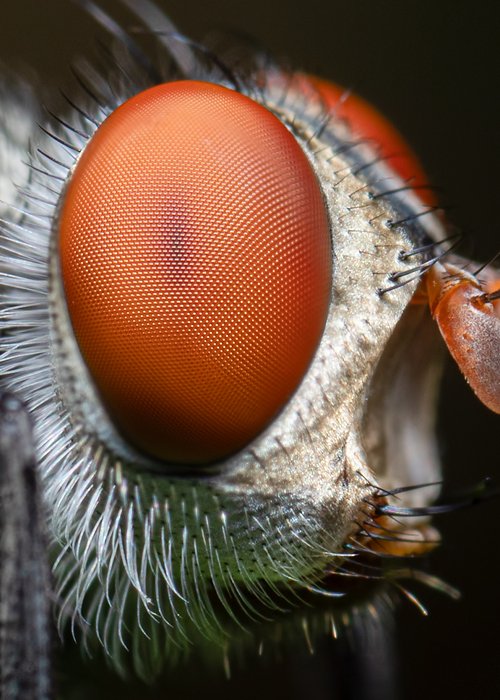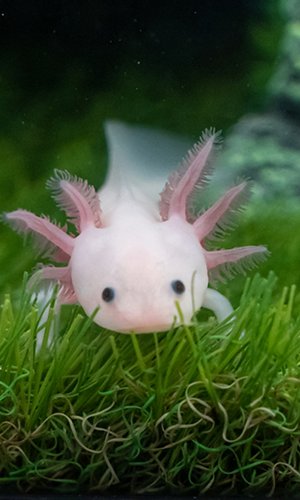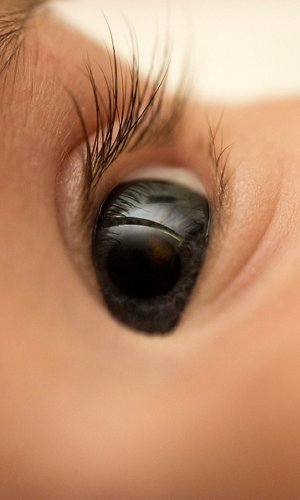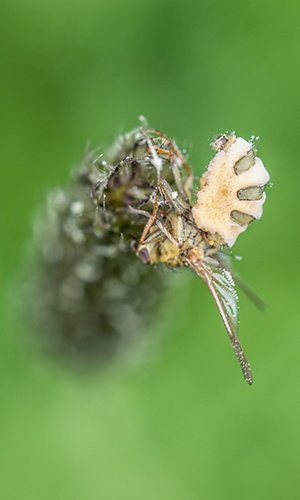The visual system of most arthropods (insects, spiders, and crustaceans) can capture hundreds of frames per second. It’s so fast that fluorescent lights — whose flicker frequency is at or below what humans can perceive — would appear to them as strobing lights with an unbearable flicker. If a fly could watch a film at the cinema, it would look like a rapid sequence of still photographs. Their small size and compound eyes enable extremely quick transmission of electrical impulses from the eyes to the brain. That’s why it’s so difficult to catch a fly. Its ultra-fast vision allows it to see us approaching in slow motion. Moreover, a fly’s eyes can also observe everything happening behind its body. Its dome-shaped compound eyes allow it to see almost a full 360 degrees. So not only do flies see our movements in slow motion, but they can also detect threats coming from behind. The best colour vision among arthropods belongs to certain species of mantis shrimp (stomatopods), known for their vivid, striking colours. These alien-looking invertebrates might be capable of seeing colours we humans can’t even imagine. While humans have only three types of colour-sensitive cells (photoreceptors) in the retina — one each for red, blue, and green — mantis shrimps have up to twelve types of photoreceptors. Some of these can even detect ultraviolet light and polarised light. All these specialised visual systems are impressive in their own way, but they also come with limitations. For example, both mantis shrimps and insects have compound eyes, made up of many individual facets (ommatidia). The number of ommatidia that can fit into the head is limited; as a result, the vision of these animals has much lower resolution than ours, appearing like a grainy, pixelated photograph.





